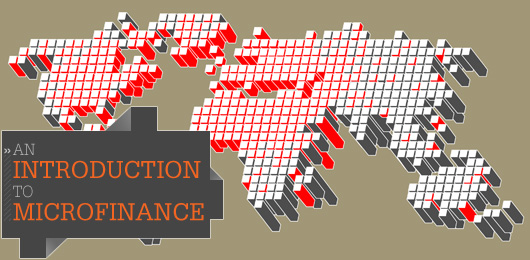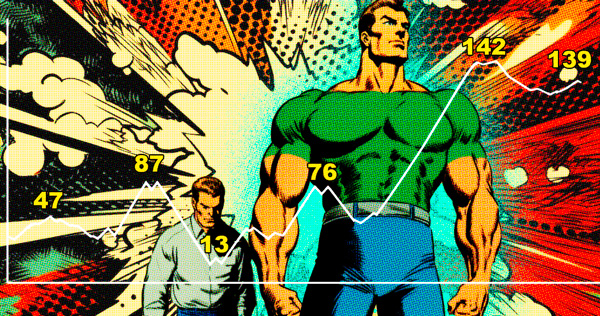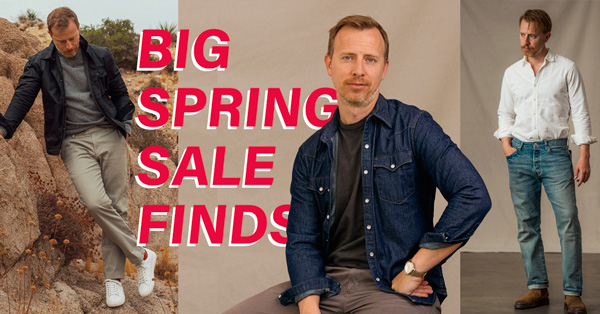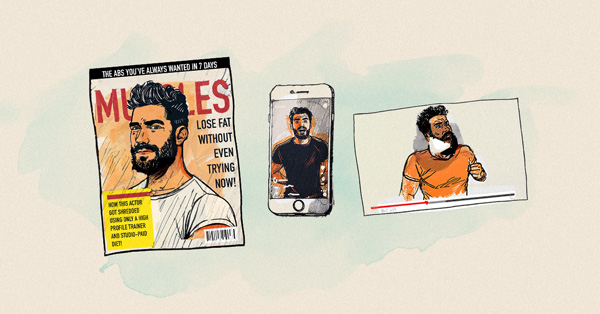I first got turned on to microfinance (or microcredit) nearly three years ago. I am pretty invested in various markets and forms of investments (and have written about the basics of investing here on Primer) and I wanted to do more to help out the developing world in an investment capacity.
Don’t get me wrong, donating to groups like Heifer International, Doctors Without Borders and Africare are great organizations but microfinance is completely different.
The basic premise behind microfinance is that small loans are provided to those in historically impoverished regions of the world in the hopes of building, developing and inspiring entrepreneurship.
To help you gain a better understanding of this very complex field, the first thing to do is understand what microfinance actually is, how it works, some of the arguments against it and how you can test the waters.
What is Microfinance?
It really is quite simple: microfinance is the system of providing small loans to new and existing entrepreneurs to build and expand their businesses. They really aren’t all that different from small-business loans here in the United States, just on a much smaller scale. Many people who apply for these types of loans live in areas of the world where $1 a day in pay is the norm. Therefore loans don’t need to be $50,000. Oftentimes the loans are between $500 and $2,000.
How does it work?
It is quite a simple process. On this end I, the funder, loans the money (usually as low as $25) to the leading microfinance organization. That organization then works with their Microfinance Institutions (MFIs), which can range from non-profits to large, corporate banks, to organize a field of borrowers. Then the microfinance organization loans the money to the MFI who handles all the administration of the loan with the borrower. The borrower pays back, often with interest to the MFI who in turn returns the base amount of the loan to the microfinance organization who in turn, sends that money back to you.
Really? Isn’t just giving money part of the problem?
Kind of. But the key point to bear in mind here is that while doling out money can become a problem, running a successful business is a personal and cultural promise. Sure, these areas need roads and education and health, but world governments do a lot of that work. Helping people build and grow their dreams of living sustainable and free lives is something we can help out with.
According to CGAp (Consultative Group to Assist the Poor), microfinance does work:
“Empirical evidence shows that, among the poor, those participating in microfinance programs who had access to financial services were able to improve their well-being-both at the individual and household level-much more than those who did not have access to financial services.
- In Bangladesh, Bangladesh Rural Advancement Committee (BRAC) clients increased household expenditures by 28% and assets by 112%. The incomes of Grameen members were 43% higher than incomes in non-program villages.
- In El Salvador, the weekly income of FINCA clients increased on average by 145%.
- In India, half of SHARE clients graduated out of poverty.
- In Lombok, Indonesia, the average income of Bank Rakyat Indonesia (BRI) borrowers increased by 112%, and 90% of households graduated out of poverty.
- In Vietnam, Save the Children clients reduced food deficits from three months to one month.”
Try it out!
After all of this, I highly recommend you try it out, just once and see if you like it. I only use Kiva, as I like that I don’t actually make any money (which would raise the cost of the loan to the entrepreneur), and that they believe in education with the MFIs. With Kiva, I make the loan and get paid back over the term of the loan and then I can either chose to re-invest that money, or take it back, no charge.
In my own giving, I have made 30 loans through Kiva to business owners in countries like Ghana, Uganda, Lebanon, Costa Rica and Iraq and each and every loan has been paid back in full. Some of the loans have gone towards bakery, tailoring, clothing and farming businesses. The average length of the loans I have helped to fund is 15 months, so in 15 months I have received every dime back to re-loan back out which I have done.
Some of the top online microfinance organizations are: Kiva (http://www.kiva.org), Microloan Foundation (http://www.microloanfoundation.org.uk/Home), Zidisha (https://www.zidisha.org/index.php) and Lend for Peace (http://www.lendforpeace.org/).
*NOTE: Richard runs a team on Kiva if you wanted to join. He had periodically matched donations for various months throughout the year. Join today (http://www.kiva.org/team/one_stream/members).
















